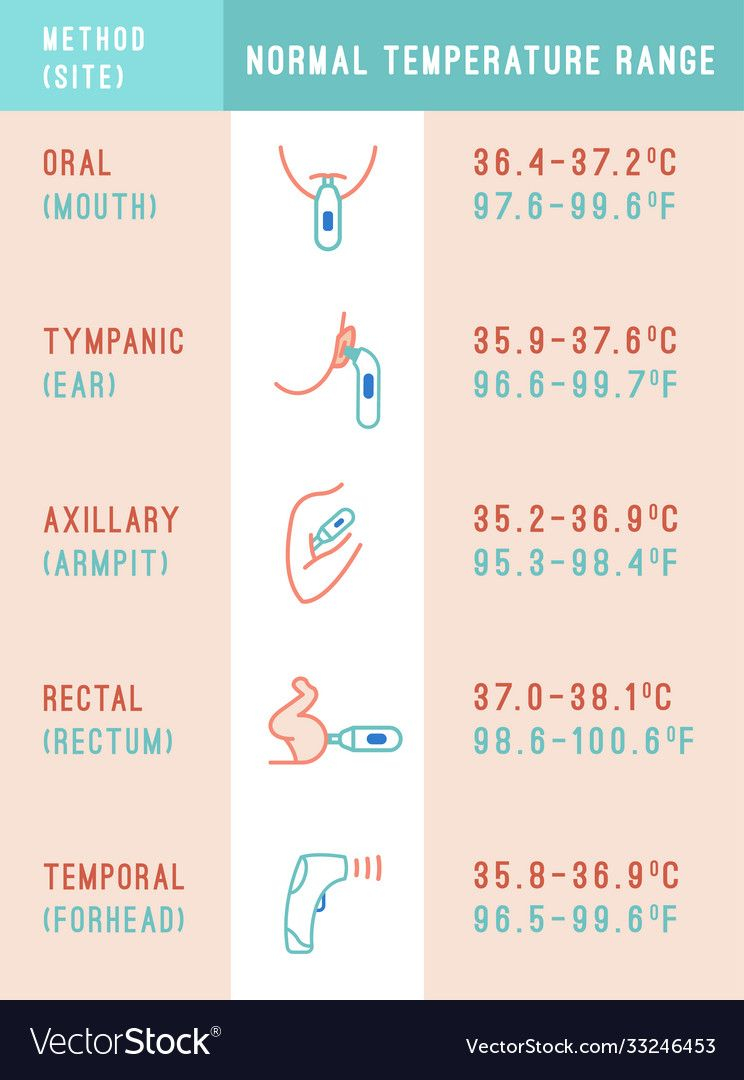When Does The Baby Drop: Everything You Need to Know
Are you eagerly awaiting the arrival of your little one and wondering when does the baby drop? This exciting stage of pregnancy is also known as lightening, and it signals that your baby is getting ready for birth. In this article, we’ll delve into everything you need to know about when the baby drops, including the signs, timeline, and what to expect.
Knowledge
The baby drop, or lightening, occurs when your baby moves lower into your pelvis in preparation for birth. This typically happens a few weeks before labor begins and relieves pressure on your diaphragm, making it easier to breathe. You may notice changes in your belly shape as your baby settles into the birth position, with their head facing down.
As your baby drops, you may experience noticeable changes in your body. These signs can vary from woman to woman but commonly include:
Most women experience the baby dropping between 34 to 36 weeks of pregnancy for first-time moms, while subsequent pregnancies may see lightening closer to labor. However, every woman’s body is different, and the baby drop can happen earlier or later. It’s essential to listen to your body and consult with your healthcare provider if you have any concerns.
Once your baby has dropped, you may feel more pressure on your pelvis and bladder, leading to increased discomfort. It’s common to experience more frequent trips to the bathroom and changes in your walking pattern as your baby settles into position. Be prepared for these physical adjustments as your body prepares for labor and delivery.
Conclusion
When does the baby drop is a significant milestone in pregnancy, signaling that your little one is getting ready to make their grand entrance into the world. This exciting stage brings changes in your body and prepares you for the final stretch of pregnancy. Expectant moms eagerly anticipate the baby drop as a sign that labor is approaching.
For first-time moms, the baby drop typically occurs between 34 to 36 weeks of pregnancy, while subsequent pregnancies may see lightening closer to labor. It’s essential to be aware of the signs and symptoms of the baby dropping to ensure a smooth transition into the final stages of pregnancy.
In conclusion, knowing when the baby drops is an essential part of the pregnancy journey. Understanding the signs and timeline can help you prepare for the upcoming labor and delivery. Embrace this exciting stage of pregnancy and look forward to meeting your little one soon!






